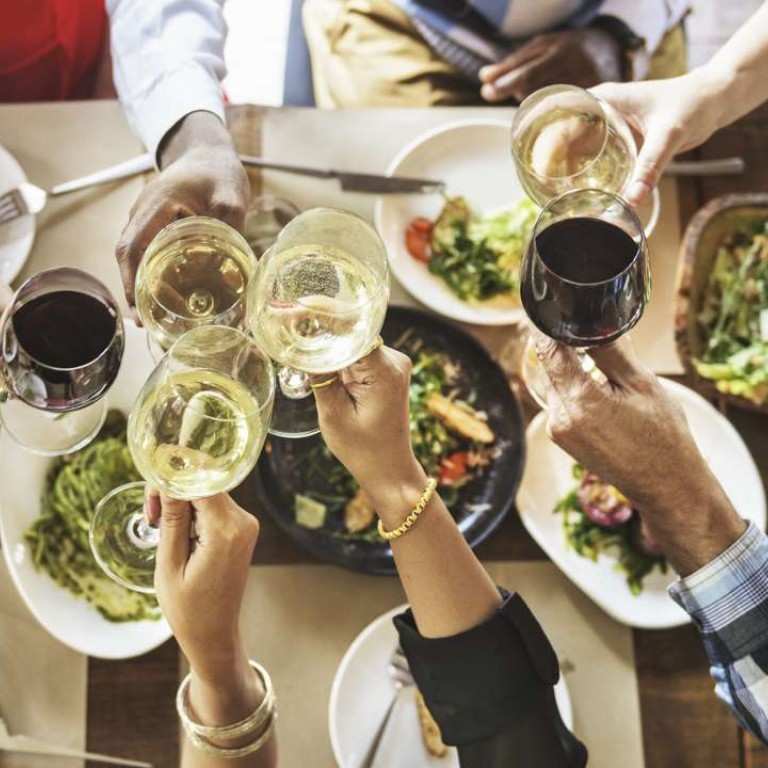
Food and wine pairings: a sommelier’s dos and don’ts, and why ‘less is more’ should be your rule of thumb
It takes experience to create a perfect marriage of food and wine, one with a balance of aromas that bring out the nuances in both; you don’t want a dish with a flavour so strong it overwhelms the wine, or vice versa
Pairing food and wine is a conundrum similar to the age-old chicken-and-egg question. Some oenophiles, let’s call them the “chicken” side of the equation, fear that the food will overwhelm the wine. On the “egg” side, however, are the food lovers for whom wine is just a lubricant to help make room in the stomach for the next dish. But with a well-executed pairing, the chicken and the egg really can both come first.
A sommelier – and any experienced food and wine lover – will have a palate memory. It’s a mental Rolodex containing the flavours of wines he or she has tasted, as well as flavour components from memorable dishes. It’s a palette of colours, sensations and smells that the oenophile keeps in the recesses of the mind.
A perfect wine and food pairing has a balance of aromas that, together, bring out the nuances of the glass and the plate. I define this balance, in wine, as the desire to take another sniff and sip, with the flavours and aromas in the drink coming together as one. A dish to go with such a wine can be simple or complex, but should also have distinct aromas, texture and taste.
In wine, we look for sweetness or dryness; the equivalent in food of sweetness and saltiness.
Wine has tannins and acidity; in food, the equivalents are savoury and tart flavours. Tannins are also found in tea and coffee.

Savouriness in wine is like the spice rack in food: pepper, herbs (both fresh and dried), vanilla.
Fruit covers a wide range in both wine and food: berries, citrus, apples, pears, peaches and plums, and tropical fruit.
Notes of bread – straight-from-the-oven yeastiness, warm toast, buttery brioche – can be found in wines that have gone through malolactic fermentation, such as champagne and chardonnay.
In wine, there are foresty smells – oak, cedar, smoke – that can also be found in the smoky flavours of cured meats, such as bacon and ham.
All of these flavours in the wine and food need to be balanced, without one overwhelming the others.
At wine dinners, an experienced oenophile will start with a small sip of wine. This is followed by a sniff of what’s on the plate, then a tentative taste of the sauce. A contemplative pause follows so the oenophile can bank in his or her memory all the sensations of taste. In the case of a really good pairing, all conversation stops as the table alternates between sips and bites.
Sometimes, it doesn’t work out. At a recent event, the main course – which would have been enjoyable on its own – clashed terribly with the wine. The food was impeccably prepared but so numbingly spicy that it halted the conversation, for the wrong reasons. Some drained their glasses of water. It was obvious that the chef, sommelier and host hadn’t tasted the pairing before the meal.
Extreme spiciness in food numbs the palate, which makes for a bad tasting experience. Extreme pungency – as found with durian, which can fill the room with a strong odour – is verboten, as the smell can smother all other aromas.
So when it comes to pairings, “less is more” is a good guideline for creating the meal: dishes with impeccable, clear flavours work best.
Nellie Ming Lee is a food stylist and part-time sommelier studying with the Court of Master Sommeliers

